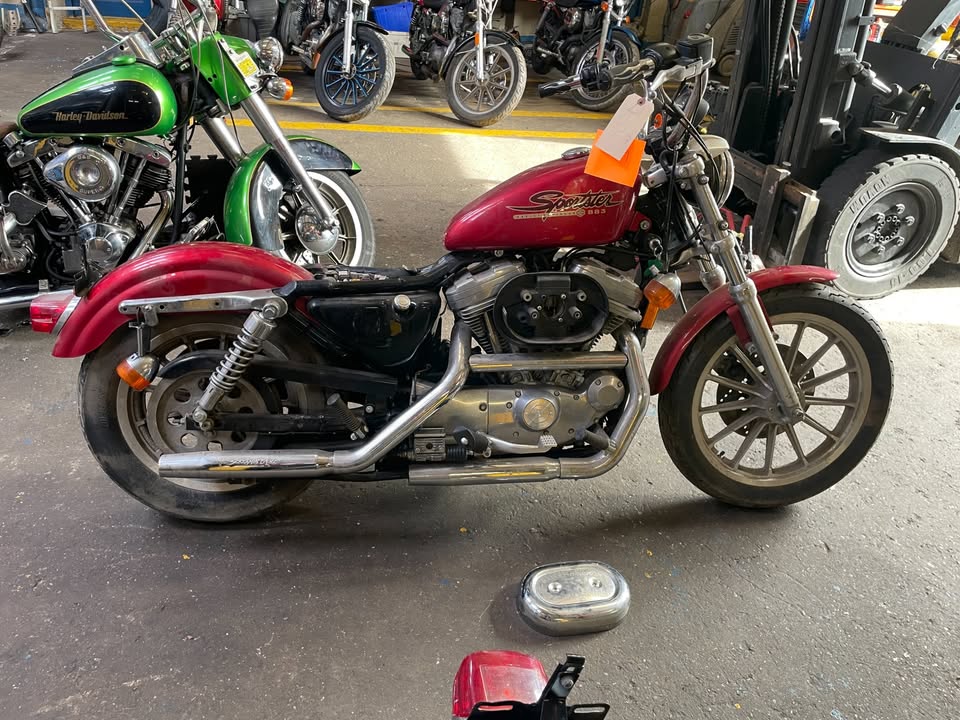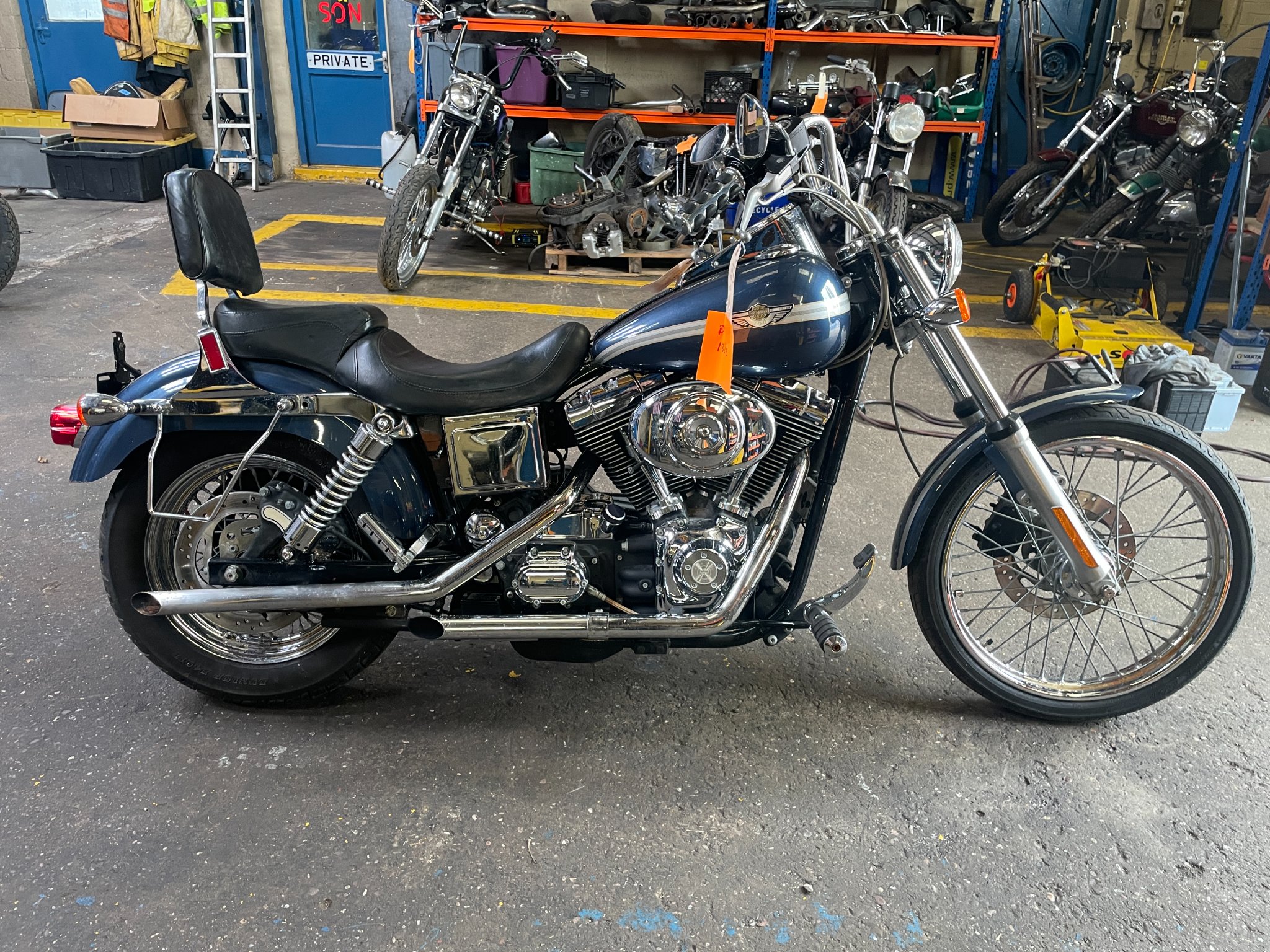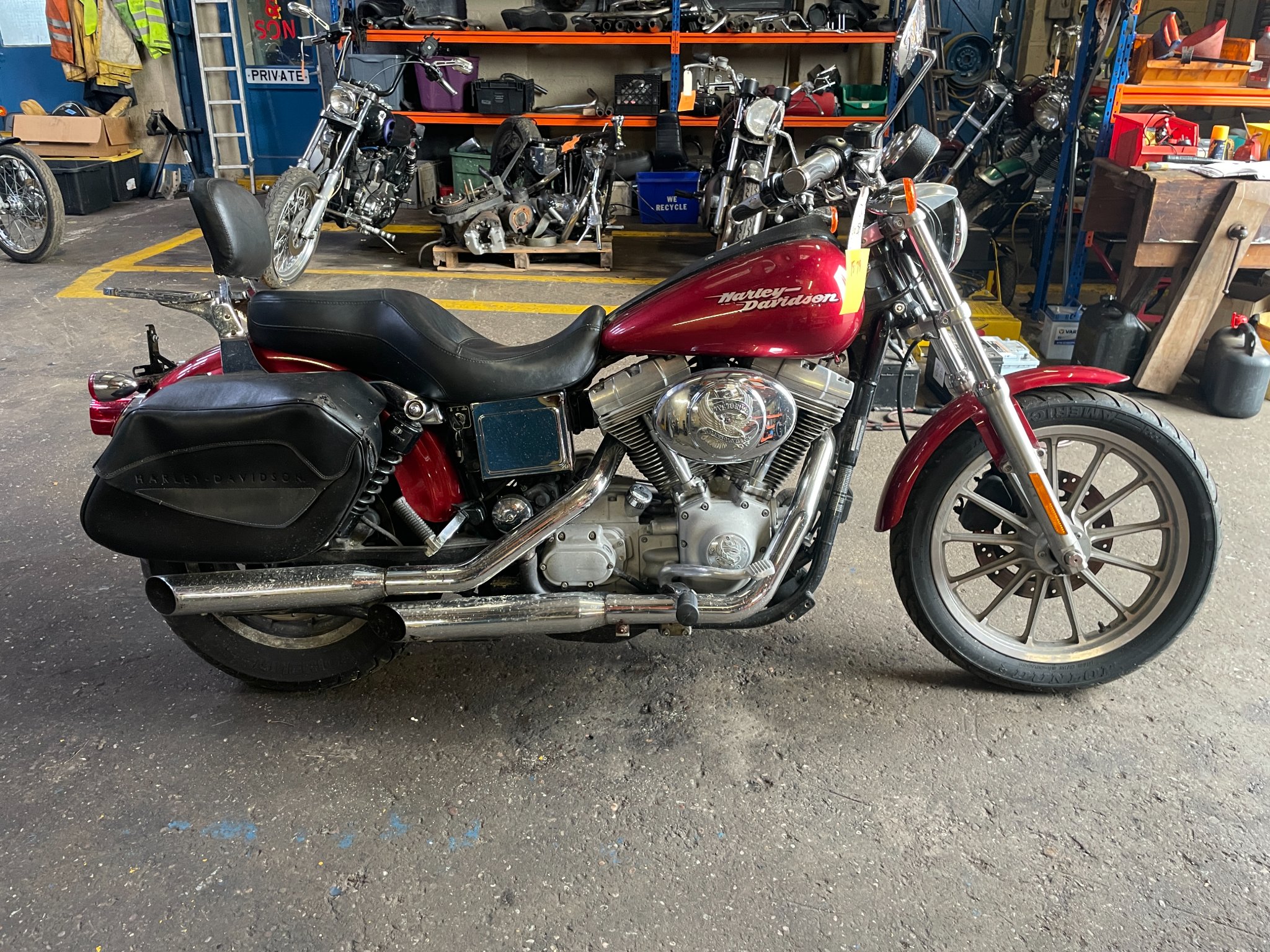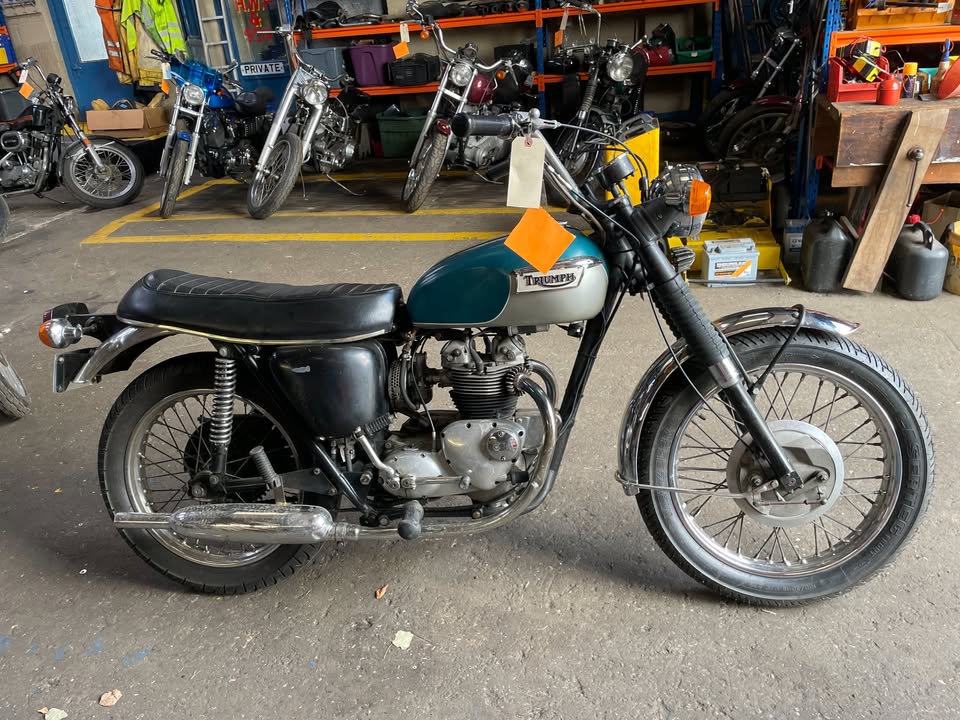Classic and Classy Motorcycles Ltd
Vintage and Classic Motorcycle Importers
1997 Harley Davidson 883cc Sportster XL883HUG Hugger Project Ref 1509

1997 Harley-Davidson XL883HUG Sportster Hugger – Lowered Classic with Urban Spirit
Historical Context
By 1997, Harley-Davidson had firmly re-established itself as a dominant force in the cruiser motorcycle market. The Sportster lineup, originally introduced in 1957, continued to offer an affordable entry into the Harley world. The XL883HUG, commonly known as the Hugger, was tailored for riders seeking a slightly lower seat height and more compact feel than the standard XL883. This model found a strong following among shorter riders and those who preferred the nimble handling of a compact chassis without sacrificing the signature Harley character. It became especially popular with newer riders, city commuters, and women entering the cruiser scene.
Technical Specifications and Performance
• Year: 1997
• Make: Harley-Davidson
• Model: XL883HUG Sportster Hugger
• Engine Displacement: 883cc
• Engine Type: Air-cooled, 45-degree Evolution V-twin
• Compression Ratio: 8.8:1
• Carburetion: Constant Velocity (CV) carburetor
• Ignition System: Electronic
• Cooling System: Air-cooled
• Fuel Capacity: Approx. 12.5 litres (3.3 gallons)
• Transmission Type: 5-speed manual
• Braking System: Single disc front and rear
• Wheelbase: Approx. 59.8 inches
• Seat Height: Approx. 27.5 inches
• Dry Weight: Around 490 lbs
• Top Speed: Approx. 100 mph
Technical Advancements
The 1997 Hugger featured Harley’s durable Evolution engine, introduced in the mid-1980s and renowned for its reliability and relatively low maintenance compared to earlier Ironhead motors. The Hugger's lowered suspension not only improved accessibility but gave the bike a planted, muscular stance. With its CV carburetor and electronic ignition, it offered more predictable throttle response and better cold starts than older models. Harley continued refining wiring and electrical reliability during this era, making the Hugger one of the more dependable Sportsters of the '90s.
Evolution of the Model
The Hugger was introduced in the late 1980s as a variation of the base XL883 with a lower seat and revised suspension geometry. Over the years, Harley subtly refined the ride quality and comfort while maintaining the minimalist styling. The 1997 version stayed true to the bike’s bare-bones appeal but included updates like better switchgear, improved lighting, and more refined paint and finishes. It served as a stepping stone between the raw Sportsters of the past and the more polished models that would come in the 2000s.
Competitors in the Market
In the 1990s, Harley’s main competitors in the middleweight cruiser segment included the Honda Shadow VLX 600, Yamaha Virago 535, and Suzuki Savage 650. While these Japanese models offered lighter weight and lower pricing, the Sportster Hugger stood out with its authentic V-twin performance, unmistakable styling, and unmistakable mechanical rhythm. Riders looking for a true American cruiser often chose the Hugger despite its slightly higher price tag because of its brand legacy and upgrade potential.
Legacy and Cultural Significance
The XL883HUG remains a favorite in the used Harley market, especially among those who appreciate its lower seat height and classic proportions. It also serves as a great platform for customization, often used in bobber, café, or minimalist builds. For many, the Hugger represented their first Harley—a bike with just enough bite, style, and rumble to make a lasting impression. It played a key role in expanding Harley-Davidson’s reach to a wider range of riders during the 1990s.
Find Classic Motorcycles
Stay in the loop - Subscribe for Updates
One email notification a month when a new shipment arrives.
 2003-Harley-Davidson-Anniversary-Dyna-Wide-Glide-FXDWG-1450cc-Ref-D1322
2003-Harley-Davidson-Anniversary-Dyna-Wide-Glide-FXDWG-1450cc-Ref-D1322 2005-Harley-Davidson-Dyna-Super-Glide-FXDI-1540cc-88CI-Ref-1579
2005-Harley-Davidson-Dyna-Super-Glide-FXDI-1540cc-88CI-Ref-1579 1971-Triumph-500cc-T100c-Tiger-Ref-1561
1971-Triumph-500cc-T100c-Tiger-Ref-1561